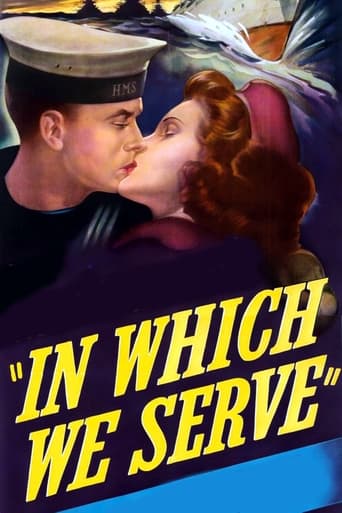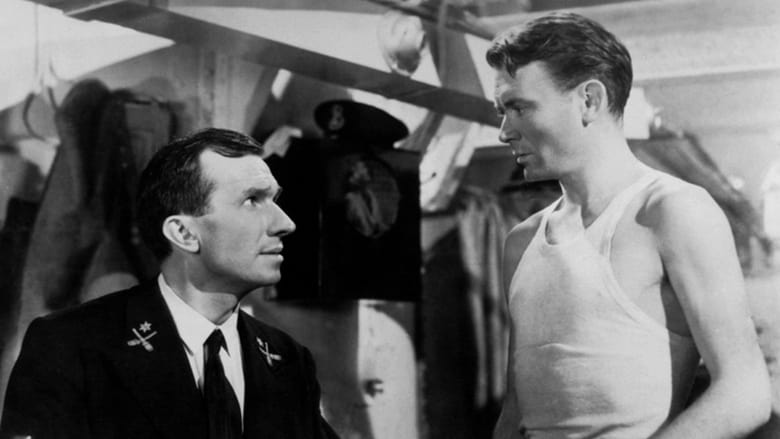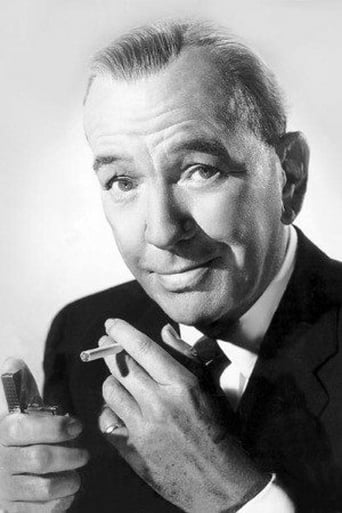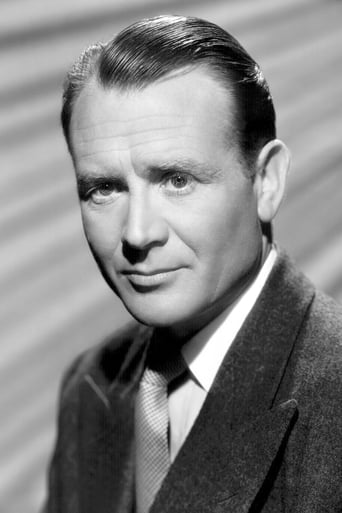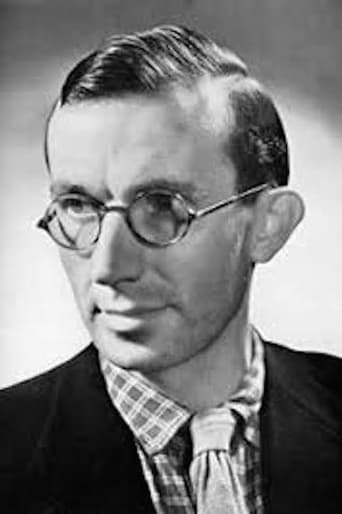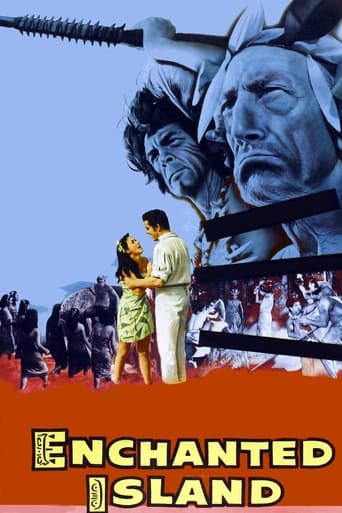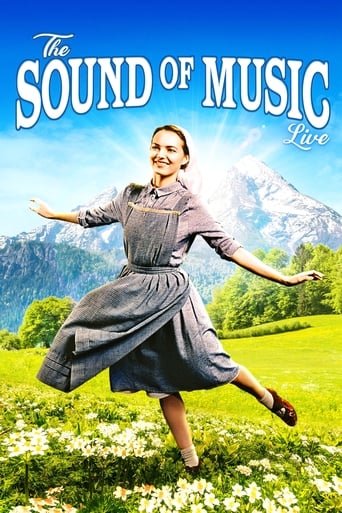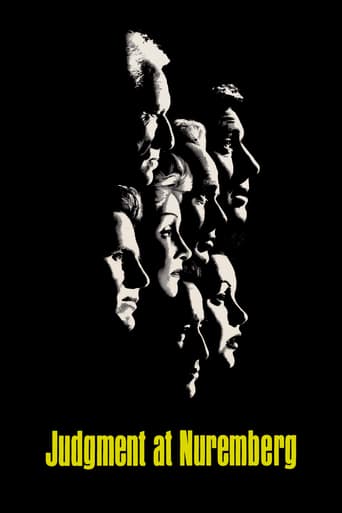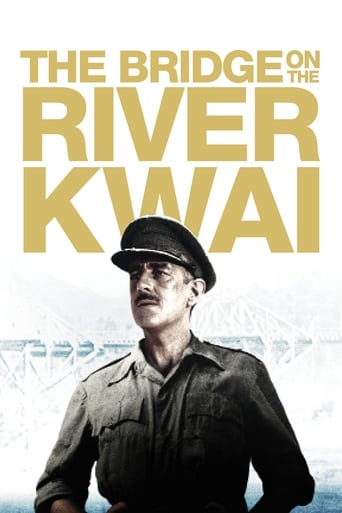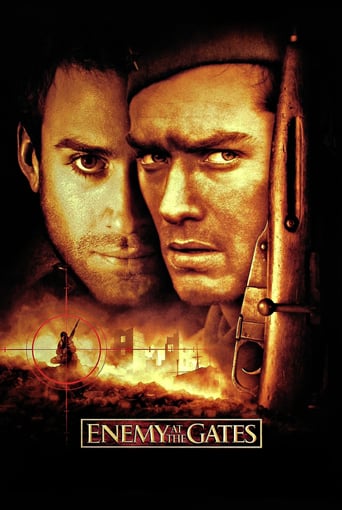In Which We Serve (1942)
The story of the HMS Torrin, from its construction to its sinking in the Mediterranean during action in World War II. The ship's first and only commanding officer is Captain E.V. Kinross, who trains his men not only to be loyal to him and the country, but—most importantly—to themselves.
Watch Trailer
Cast
Similar titles

Reviews
It is a performances centric movie
The storyline feels a little thin and moth-eaten in parts but this sequel is plenty of fun.
Although I seem to have had higher expectations than I thought, the movie is super entertaining.
Through painfully honest and emotional moments, the movie becomes irresistibly relatable
A Two Cities Film. A Noel Coward Production. Presented and released in the U.K. through United Artists. New York opening at the Capitol: 23 December 1942. U.S. release: 12 February 1943. Australian release through G-B-D: 24 June 1943. 12 reels. 10,496 feet. 116½ minutes.SYNOPSIS: "This is the story of a ship." A brief, documentary ship-building sequence is followed by an introduction to the crew, principally represented by the Captain, the Chief Petty Officer and an Able Seaman.NOTES: Nominated for the following Academy Awards: Best Picture (dipped out to Casablanca); Best Original Screenplay (lost to Norman Krasna's Princess O'Rourke, would you believe?). However Noel Coward was voted a Special Award "for his outstanding production achievement".In Which We Serve was selected by both the New York Film Critics and the National Board of Review as the Best Picture of 1942.COMMENT: In Which We Serve may seem dated and old-hat to those young enough to have no recollection of World War 2, but to we who survived, it remains a memorable experience. The plot is cleverly constructed and comes across with all its original impact thanks to the skilled playing of a most credible group of actors. Coward himself never gave a more forceful performance, and he is ably supported by Mills and Miles. The interwoven stories of these characters and their families are the principal concern of In Which We Serve, but the film is laid against such a broadly inspiring canvas that a whole host of lesser if equally realistic portraits are tellingly brought to life by players like Richard Attenborough (a deserter), James Donald (a disillusioned doctor) and Michael Wilding (who can be glimpsed now and again exchanging his usual pleasantries with the skipper).Their women, headed by Celia Johnson, are as remote from the synthetic glamour of Hollywood as newspaper headlines from the world of Mills & Boon. Who could forget determined Joyce Carey, complaining Dora Gregory and fidgeting Kay Walsh in the air raid scene?It is easy to appropriate the direction between Coward and Lean. No doubt both men were equally supportive: Coward concentrating on the players, while Lean handled camera placement and compositions. Lean occasionally uses an opportunity to show off his skill as a former editor with some fast cutting, but generally the directors try to be as unobtrusive as possible, letting the drama speak for itself. It's a story of heroism, of the irrepressible power of the human spirit, of ordinary people reacting heroically and rising above the most harrowing events. It's a story of conquest, of power, of strength, of unity. Fancy direction would lessen its effect. The camera only moves (as in the long, slow tracking shot along the line of weary faces at the wharf) when the moment positively demands it.Production values are first class. The sets loom appro¬priately large or realistically drab, peopled with hordes of scurrying extras or just two or three embattled players. The action scenes are powerful in detail, thanks to skilled special effects. And Coward's own music score provides a telling commentary (aided by the deft introduction of such popular songs as "Roll Out the Barrel" and "Good King Wenceslaus").OTHER VIEWS: A dated yarn, using a format that has been employed time and time again in similar war pictures. The plot is old-hat and the dialogue with its injunctions to "keep a stiff upper lip", its talk about "a spot of leave" and its numerous "jolly fine" shows is impossibly stilted and clichéd. What is worse, the characters are an uninteresting and inanimate lot of one-dimensional, pasteboard figures. There are few perform¬ances - Joyce Carey's is the most memorable exception - that fire the interest. Coward is his usual wooden, unemotional self and this type of underplaying - due no doubt to Coward's direction - has infected the rest of the cast; though Sir Noel has not quite succeeded in putting down the irrepressible John Mills who battles gamely to make his portrait of life in the lower ranks seem convincing. That Mills is not wholly successful in this laudable aim is not his fault (nor the fault of director Lean and photographer Neame who have conjured up some sparkling images) but Coward's. - JHR writing as George Addison.
First time watching In Which We Serve, it struck me as a very good film, though with some draggy moments in the first half, some of the clipped dialogue seeming stilted and Noël Coward seemed a little stiff at first. Re-watching again as part of a David Lean marathon, In Which We Serve held up much better on re-watch.It does drag still a tad in the first half-hour or so, but the initial problems had with some of the dialogue and Coward at first weren't apparent this time. The script- courtesy of Coward- this time around was very nuanced and stirring, the speeches could easily have been too preachy, and instead what the film has to say is told in an intelligent, poignant and sometimes uplifting way. Coward's initial stiffness struck me on re-watch as something that suited the character, who was written as quite dour at first anyway, and it is a very authoritative, caring and moving lead performance on the whole, his HMS Torin speech is a classic and if the lower lip doesn't tremble (or more) during his incredibly emotional farewell I'm not sure what will.Coward is wonderfully supported by the rest of the cast, especially from the shimmering film debut of Celia Johnson, a sympathetic Bernard Miles and John Mills in one of his better Lean film performances. Richard Attenborough (who never looked so young than in this film) also makes his screen debut, and a memorably powerful one it is too. The story is riveting, often thoroughly entertaining and immensely moving, notably Coward's farewell and the men from Dunkirk being unloaded at portside. Who can't help love the values that it shows too? Coward was aiming to inspire, and he definitely succeeds. His co-direction with Lean works just fine, with his more nuanced style contrasting well with Lean's more vivid action style.In Which We Serve is beautifully filmed in sumptuous black and white, the Royal Navy details and settings being more than convincing, and Coward also provides a stirring and hauntingly beautiful music score. Overall, a great and very moving film and much more than just wartime propaganda (a distinction more suited to something like Dangerous Moonlight). 9/10 Bethany Cox
The 1940s were a golden age in British cinema. Not only did the circumstances of the war bring interest (and therefore revenue) from the American market, but the earnest need to create morale-boosters lead to government emphasis on film-making, pushing to the fore many of the creative talents that had been fermenting during the 1930s. One such talent was David Lean who was here brought on as co-director alongside writer Noel Coward, although reportedly Coward soon took a back seat, and the picture is around three-quarters the work of Lean.But let's look at Coward first, seeing as it's his story. Certain press critics had ridiculed the idea of this writer of gentle comedies doing a war film. However, pictures of any genre rely upon great characterisation. Coward's characters tended to be stereotypes, summations of types of people in society, and yet they were always affectionate ones. This is of course great for a propaganda piece, where the characters must be recognisable even if they are not believable, and above all sympathetic. In Which We Serve is also a sprawling ensemble piece, with numerous interwoven narratives, and to make it comprehensible and engaging it needs well-defined characters whom the audience can immediately get to grips with, and cannot be mistaken for one another.Lean was already known in the British film industry as the best editor in town, and his work on such important British films as Pygmalion and 49th Parallel show his taste for "hard" cuts which jolt the audience with a sudden change in focus or pace, for example cutting to a moving object. Now that he's behind the camera he continues to use the element of surprise to keep the picture moving, although he finds ways to do it within the shot. For example in the montages of the ship being readied for battle he has the shells sliding towards the camera as they are loaded, giving the montage a sense of dynamic urgency. When John Mills gets the letter saying his wife had the baby, he suddenly leaps towards the camera, so he is in a close-up when he reads it out. This method of attention grabbing is crucial to Lean's style, and is responsible for some of the most iconic and memorable moments in his later pictures.But what is great about Lean is that he never allows these jolts to make us aware of technique. These sudden moments are always within conventional cinematic style, and keep us in the film's world, as oppose to say the quick zooms of Kubrick or the prowling camera of Hitchcock, which remind us too much of the film's artifice. Lean also has the sense to slow things down for the more dramatic scenes, and lets many of the more poignant moments play out in single uninterrupted shots, to great effect. We also see an intelligent approach to the introduction and presentation of characters. For example in Bernard Miles' first flashback, Miles is continually shown in profile to one side of the screen, while his wife faces the camera at screen centre. This focuses us on her, since we already know his character.Coward and Lean also had access to the cream of British acting talent. Coward himself plays the ship's captain, another thing idea the papers scoffed at before they saw it, after which they were surely scoffing on the other side of their faces, as his performance is flawless. John Mills is also great, and Bernard Miles really gets to act. Richard Attenborough is at his best in his screen debut, although it went uncredited due to a balls-up with the cast list. Best of the bunch however is Celia Johnson, a completely natural performer, capable of making us forget we are watching an actress and believing we are witnessing the life of a real person.As a morale-booster, In Which We Serve was popular and effective, but it was also part of an upward trend in the scope and prestige of the British motion picture. Lean's dynamic style would eventually earn him respect on both sides of the Atlantic. His ability to keep the picture constantly visually engaging would create great cinema out of potentially static stage play adaptations and, later on, lengthy historical epics that might have been tedious in other hands.
Directed by David Lean (The Bride on the River Kwai) and Noel Coward (also starring), both making their directorial debuts, this is quite a good British war film. It is a film that combines war ship battles and character flashbacks. Basically the British destroyer ship, HMS Torrin is attacked by the Nazis, and is sinking slowly, and as the surviving members of the British ship cling to a life raft, they have flashbacks both of the (familiy) live they have left behind, and their work in the army and on the ship before the attack. Starring Coward as Capt. Edward V. Kinross, Sir John Mills as Ordinary Seaman Shorty Blake, The Man Who Knew Too Much's Bernard Miles as CPO Walter Hardy, Brief Encounter's Celia Johnson as Alix Kinross, Kay Walsh as Freda Lewis, Joyce Carey as Katherine Lemmon Hardy; Derek Elphinstone as First Lieutenant, the 'Torrin' (Number One); Michael Wilding as 'Flags', Second Lieutenant; Robert Sansom as 'Guns', Gunnery Officer; Philip Friend as 'Torps', Torpedo Officer, Ballard Berkeley as Engineer Commander, James Donald as Ship's doctor, Michael Whittaker as Sub and Lord Sir Richard Attenborough (in his film debut) as Snotty, Midshipman Who Leaves Post. It was nominated the Oscars for Best Picture and Best Writing, Original Screenplay, with a special Honorary Award for Coward. Sir John Mills was number 38 on The 50 Greatest British Actors, and the film was number 57 on The 100 Greatest War Films. Very good!
